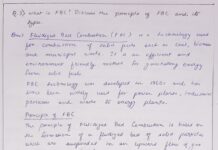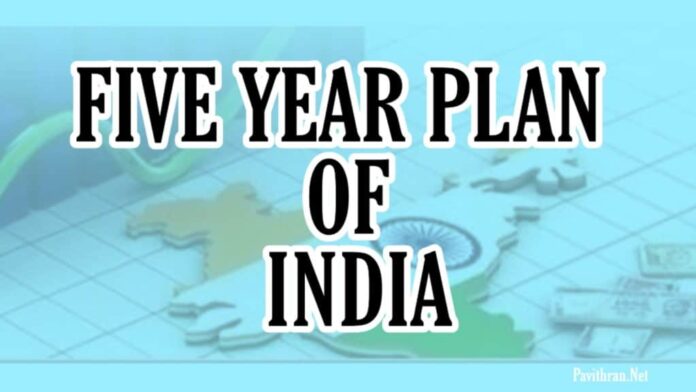5th 5 year plan (1974- 1979)
Objective
- Original approach to plan prepared by C Subramaniam who proposed economic growth along with direct attack on poverty.
- However, final draft prepared by D P Dhar with the objectives of removal of property (Garibi hatao) and attainment of self reliance.
- To step up domestic rate of saving.
- Introduction of minimum needs program.
Assessment
- Targeted growth rate 4.4%, achieved growth rate 5.0%.
- 5th plan cost calculations based on 1971- 72 prices proved to be wrong.
- 5th plan terminated one year before the plan period in March 1978.
- Brought to the core problem associated with coalition government making a mockery of formulation of five year plan.
Rolling plan
(Gunar Mydral) was brought out by Janta party government under Morarji Desai in 1978. The focus of the plan was enlargement of the employment potential in agriculture and allied activities to raise the income of the lowest income classes through minimum needs program.
6th 5 year plan (1980 – 1985 )
Objective
- Removal of poverty through strengthening of infrastructure for both agriculture and industry
- The emphasis was laid on greater management, efficiency and monitoring of various schemes.
- Involvement of people in formulating schemes of development at local level.
Assessment
- Indian economy made an all round progress and most of the targets fixed by the percentage was achieved.
- Targeted growth rate 5.2%, achieve growth rate 5.4% stop
7th 5 year plan ( 1985 – 1990)
Objective
- To accelerate foodgrains production.
- To increase employment opportunities.
- To raise productivity level of industries by upgrading of technology
Assessment
- Food grain production grew by 3.23% as compared to a long term growth rate of 2.68% between 1967- 68 and 1988- 89.
- The Indian economy finally crossed the barrier of the ‘Hindu rate of growth’ ( Prof Raj Krishna ).
- Average annual growth rate was 6.0% as against the targeted 5.0% and average of 3.5% in the previous plans.
Annual Plan: the 8th plan could not take off due to fast changing political situations at the center. Therefore, from 1990- 92 Annual plans were formulated.
8th 5 year plan ( 1992- 97)
Objective
- Process of fiscal reforms and economic reforms initiated by Narsimha Rao government to prevent another major economic crisis.
- Increase the average industrial growth rate to 7.5%.
- Provide a new dimension to the economy and improve the quality of life of the common man.
- Modernization of industries.
Assessment
- Higher economic growth rate of 6.6% achieved as against the targeted 5.6%.
- Improvement in trade and current accounting deficit.
- Significant reduction in fiscal deficit.
- Agricultural growth rate and industrial growth increased.
- Unstacked private sector and foreign investment control was the prime reason for high growth.
- Overall Socio economic development indicators low.
- The growth became jobless and fruitless.
Read about : Five Year Plans I – IV








































